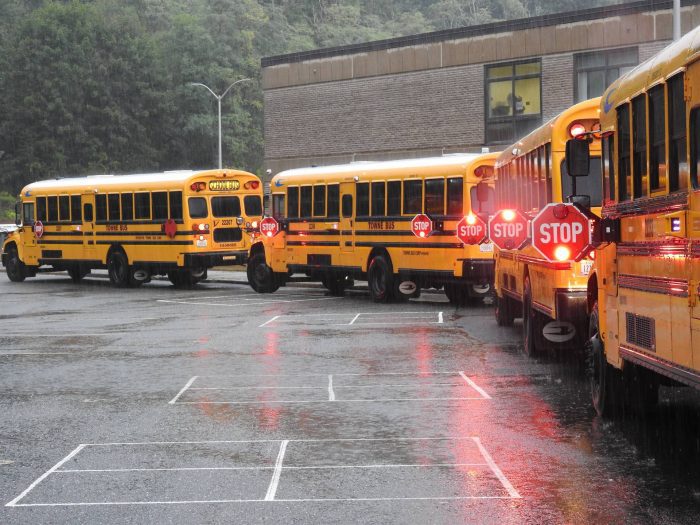Perspective: Preserving what works in the Three Village school district
By Anthony Dattero
As a school guidance counselor at Paul J. Gelinas Junior High School — for three decades now — and a parent whose children have thrived within our outstanding district, I feel compelled to share my concerns regarding the proposed reconfiguration orchestrated by our superintendent and voted upon by our board of education.
There are many reasons to doubt the motivation and the lack of details starting with why this move is necessary and why this monumental move is in our students’ best interests. The challenge to the district should be to prove “the why” in comparison to our current proven educational model. Our current model has served our students well, offering significant academic and social-emotional advantages that have stood the test of time.
The notion of transitioning to a common middle school model is, frankly, mind-boggling and irresponsible. Three Village school district has distinguished itself by providing top-notch opportunities for our students across diverse areas, while also fostering nurturing environments during pivotal transitional years — sixth grade at the elementary level and ninth grade at the junior high school level.
Having actively participated in the superintendent’s public forums and committee sessions, I remain unable to find any compelling reason or explicit need to dismantle a system that has proven its effectiveness over the years.
Why fix what isn’t broken?
Our district has maintained its uniqueness for over 40 years, resisting the trend toward common middle school models adopted by other districts.
Despite the district’s efforts to gauge community sentiment through surveys, many — including myself — find these surveys incomplete and misleading.
The supposed cost-saving benefits of reconfiguration have also been debunked, with recent revelations indicating potential excessive costs for retrofitting the high school to accommodate an entire grade level.
More is not better if space is valued. Think about what happens if we were to add more people to a dance floor — creativity would likely decline and apologetic exchanges of “I’m sorry” or “Excuse me” or unpleasant looks would likely increase.
In an era where student vulnerability is heightened by social media and external influences, cramming more students into the high school environment seems counterintuitive to their well-being. It is imperative that we prioritize the best interests of our students above all else.
The district has failed to provide all stakeholders with clearly defined and transparent comparisons representing the pros, cons, trade-offs and other options that could enhance our current configuration.
Let us stand united in advocating for the preservation of what works, ensuring that our students continue to receive the exceptional education and support they deserve. Our students deserve our best so they can realize the best version of themselves.







